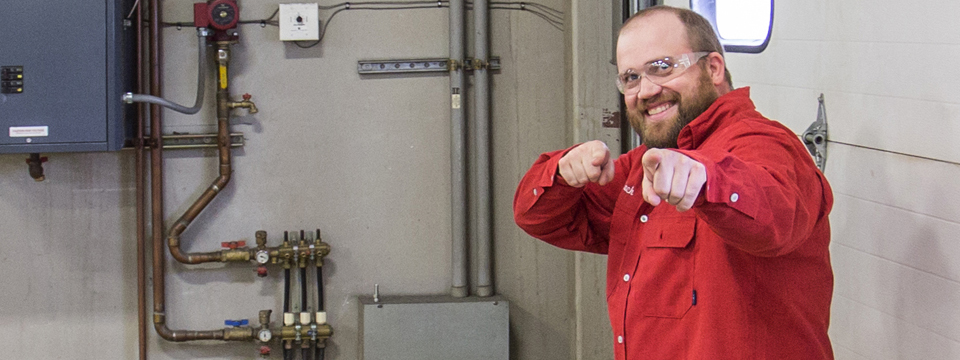Six Ideas to Attract and Retain Your Best Manufacturing Employees

As the manufacturing industry continues to evolve, it is critical for modern manufacturers to retain longtime experienced employees, as well as remain attractive for the new generation of workers entering the job market. Below, we outline six strategies we believe will prepare your organization to be the most attractive manufacturer for employees to grow in as they chart their career path.
1. Open a dialogue
The first step toward improving employee loyalty and decreasing turnover is to open a line of communication between management and employees. This gives employees a direct outlet to voice their real concerns and ask for what they really want. While it seems logical that employees would want new healthy cafeteria options, having a more diverse set of healthcare options might be more important to your workforce. By connecting with them on a person-to-person basis, you can gain insight into what worries and what motivates your employees, and adapt your business practices to best accommodate those needs.
2. Respond to “asks”
The necessary follow-up to an open dialogue is swift action. Employees want to feel heard, and that their requests are valid. By accepting requests, prioritizing your company’s capabilities to execute, and following through on the feasible asks, you will build a reputation as an engaged and responsive organization. This sends a message that you are willing to adapt as your workforce adapts.
3. Connect with educational organizations
By taking part in the education process, your organization can equip young workers with real expectations, a level of trust and comfort with your brand, and skills that will be relevant to the types of jobs they could fill at your company. Whether you partner to create internship programs, collaborate on a specific syllabus, or simply find ways to present the nature of your business to current students, you will become a memorable potential future place to work.
4. Invest in your community
While attracting young and qualified workers is a challenge in all Minnesota manufacturing markets, rural Minnesota has a more difficult time retaining good workers than the metro areas. This has shifted the game plan of more rural-based employers to develop an “attract, play and stay” mentality. This involves looking at the community as a whole as a place to attract workers. For example, is there enough housing in town to meet your staffing needs, or are there adequate services to support families, such as daycare?
5. Have an open mind
As the average age of a manufacturing worker increases, the industry is preparing for a shift in the employee population that will likely result in an employment gap for a period of time. To be proactive about this coming gap in workers, it is critical for companies to remain open and nimble. As employees approach the retirement age, inquire about their plans after retirement. Would they be willing to stay on part-time? What responsibilities could be managed by interns? Is part-time work available for new moms or new dads? Opening up your view of the typical worker can help you problem-solve, and ultimately, remain ahead of the curve as the industry attempts to keep up with demographic changes.
6. Create an appealing work environment
Is your lighting and air quality conducive to a positive work atmosphere? Are there noisy operations that should be isolated? Do you have adequate parking and is it convenient for your workers? Do you have a nice gathering area for employees? In short, does your facility help or hinder your recruitment/retention efforts? Taking a dispassionate look at your building and processes may be an eye-opener.
Through having an open mind and a willingness to adapt, your company can become known as a supporter of workers’ wants and needs, and a partner in their life journeys. This will equip you with a diverse and complete workforce that will help you remain competitive in the marketplace.

Search Archives
Categories
Posts by Topic
- Staff News (98)
- Architecture (66)
- Funding (61)
- Civil Engineering (53)
- Education (48)
- Architectural Design (38)
- Engineering (37)
- Land Surveying (32)
- Surveying (26)
- Environmental (22)
- Commercial (21)
- Interior Design (18)
- Streets & Highways (17)
- Utilities (17)
- Water Resources Engineering (14)
- Industrial (13)
- Community (11)
- Cultural (11)
- Landscape Architecture (11)
- Sports & Recreation (11)
- Government (10)
- Aerial Mapping (8)
- Mechanical Engineering (8)
- GIS (7)
- Electrical Engineering (6)
- Structural Engineering (6)
- Senior Living (5)
- Transportation Engineering (5)
- Bridges (3)
- Site Design (3)
- Transmission & Distribution (3)
- Healthcare (2)
- Planning (2)
- manufacturing (1)
Recent Posts
-
May 06, 2024



